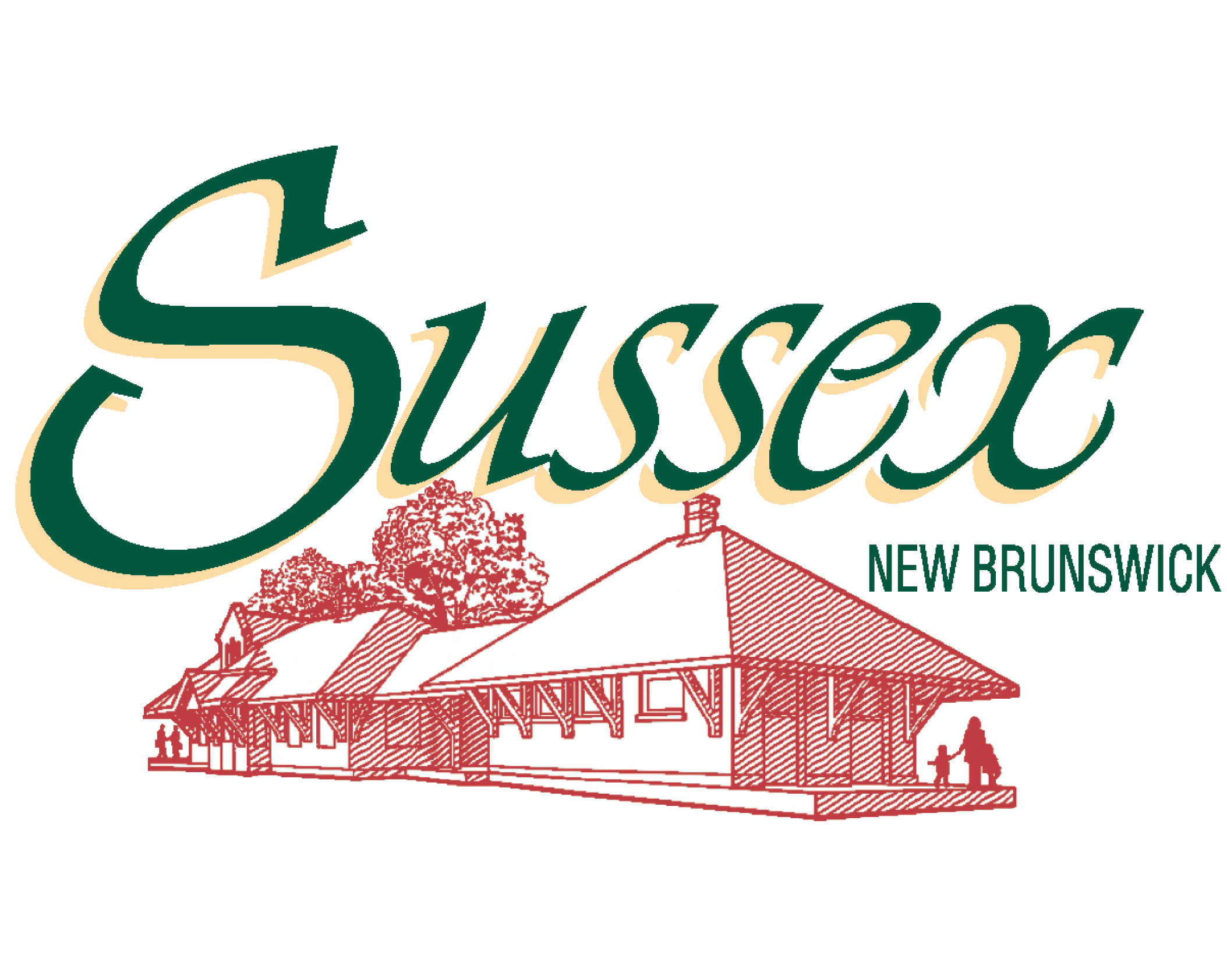Geothermal Feasibility Study
The Final Report assessing the Feasibility of Geothermal Energy was as a result of the Town and the Sussex Region commissioning the technical feasibility study to determine if the decommissioned and flooding Penobsquis Mine is a feasible source of geothermal energy, and if feasible, could it be effectively developed thereby providing the community with an economic development advantage.
The study assembled background data form local Penobsquis business partners to enable the modeling of 20 example geothermal applications. The example applications represented a range of user types (individual vs district), facility type (greenhouse and refrigeration warehouse), facility size (1 to 20 acres), periods of operation (4 to 12 months) and geothermal system loop type (open or closed loop).
The most favorable example was a district open loop geothermal system heating a 20 acre greenhouse (with supplemental boiler) and cooling 10 refrigeration warehouses for a 12 month period. The capital investment for this geothermal system example, not including the costs for engineering design, environmental permitting and approvals, was estimated at $11.3M and carried a discounted payback period of approximately 7 years.
In the most favorably modeled example a utility constructing and operating the district system (a utility provider installing the district system and offer a fee based connection to prospective business) would have an estimated capital investment of approximately $5.7M and would provide immediate benefit to those business partners in Penobsquis who participated in our study.
With the estimated over 3 million cubic meters of heated brine which will occupy the Penobsquis Mine offers a unique investment opportunity. The study suggested that:
– An Open loop system offers a better discounted payback period and lower capital costs compared to a closed lop system.
– The geothermal potential of the Penobsquis Mine is economically attractive provided key assumptions made during the study can be confirmed.
– A district open loop geothermal system heating a 20 acre greenhouse (with supplemental boiler) and cooling 10 refrigeration warehouses for a 12 month period carried an estimated $11.3M capital cost with a 7 year discounted payback period.
– Installation of a district system allows for a cost sharing arrangement which can provide beneficial economics to both the utility provider and prospective businesses.
– In a cost sharing arrangement, an investment from a utility provider to construct a district open loop geothermal system is estimated to be approximately $6.68M (including design and approval fees, the $5.7M example noted above).
– In the costs sharing arrangement, an investment form prospective business is estimated to be $3.9M (excluding fees for connection, design and approvals)for the 20 acre greenhouse and $173K for each of the refrigeration warehouses.
Click Here to View the Phase I Final Report
Appendix C – (Microsoft Excel needed to view)
District Examples
Drilling Estimates
Individual Examples
Loads
